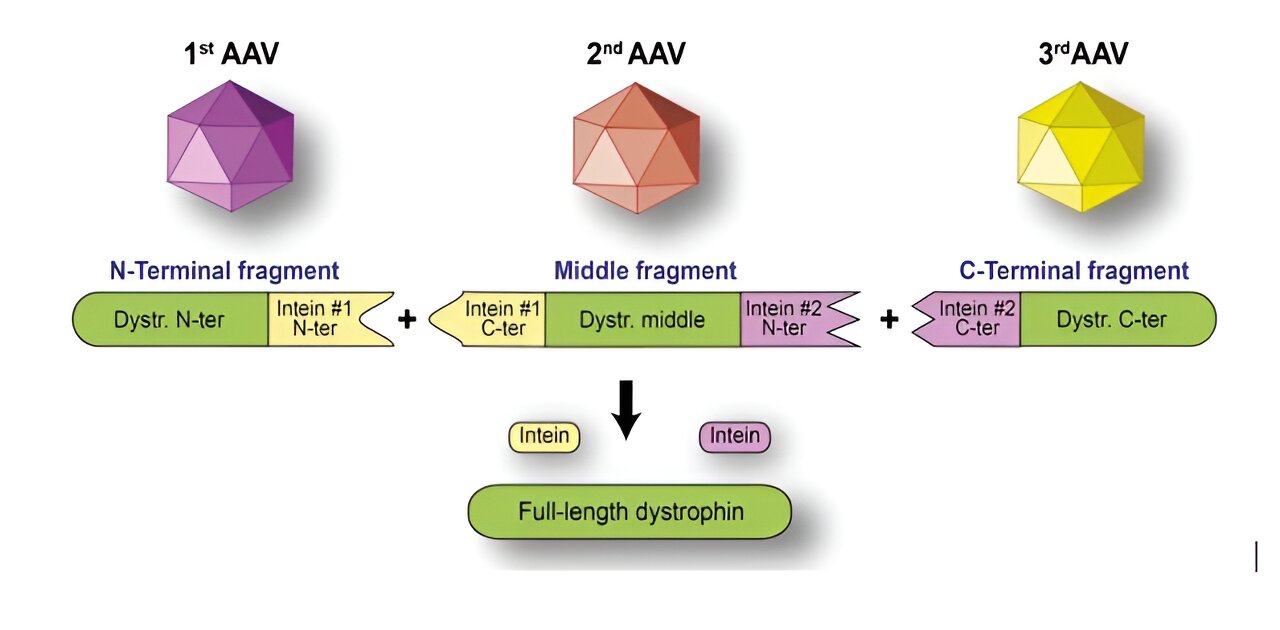Protective effects and mechanisms of pectolinarin against H2O2-induced oxidative stress in SH-SY5Y neuronal cells.

PMID:
Molecules. 2023 Aug 2 ;28(15). Epub 2023 Aug 2. PMID: 37570795
Abstract Title:
Protective Effects and Mechanisms of Pectolinarin against HO-Induced Oxidative Stress in SH-SY5Y Neuronal Cells.
Abstract:
This study aims to investigate the protective effects and mechanisms of pectolinarin against oxidative stress-induced cell damage in SH-SY5Y cells. Neurodegenerative diseases-such as Alzheimer's disease-are potentially associated with oxidative stress, which causes excessive production of reactive oxygen species (ROS) that damage DNA and proteins in neuronal cells. The results of this study demonstrate that pectolinarin can scavenge hydroxyl and nitric oxide radicals in a concentration-dependent manner. Moreover, pectolinarin significantly increased cell viability while reducing ROS production and LDH release in the hydrogen peroxide (HO)-induced control group. Additionally, Pectolinarin recovered protein expression from HO-altered levels back to close-to-normal SH-SY5Y cell levels for components of the oxidative stress, inflammation, and apoptosis pathways-such as nuclear factor erythroid 2-related factor 2 (Nrf2), kelch-like ECH-associated protein (Keap1), anti-heme oxygenase 1 (HO-1), inducible nitric oxide synthase (iNOS), cyclooxygenase-2 (COX-2), interleukin-1β(IL-1β), B-cell lympho-ma-2 (Bcl-2) protein, and Bcl-2-associated X protein (Bax). These findings suggest that pectolinarin has the potential to be used as a plant material for functional foods to be applied in the treatment of neurodegenerative diseases, such as Alzheimer's disease, by mitigating oxidative stress-induced damage to neuronal cells.




